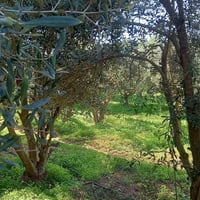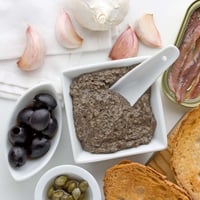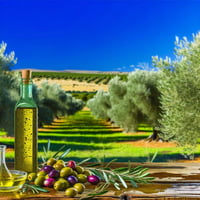Dive into the unique world of olive cultivars as we explore the flavors and culinary uses of...
The Ultimate Guide to Starting an Olive Grove: Requirements and Tips
Understanding the Ideal Climate and Soil for Olive Trees
Olive trees thrive in warm, Mediterranean-like climates, where temperatures average between 60°F and 80°F. They require long, hot summers and mild winters to produce high-quality fruit.
In terms of soil, olive trees prefer well-drained, sandy or loamy soils with a pH level between 6 and 8. Good drainage is essential to prevent root rot, so consider raised beds if your soil retains too much moisture.
Choosing the Right Olive Varieties for Your Grove
Selecting the right olive varieties is crucial for your olive grove's success. Popular varieties include Arbequina, Manzanilla, and Kalamata, each offering unique flavors and oil qualities.
Consider your local climate and market demand when choosing varieties. Some olives are better suited for oil production, while others are ideal for table olives. Researching your options will help you make an informed decision.
Essential Tools and Equipment for Olive Farming
Starting an olive grove requires specific tools and equipment. Basic necessities include pruning shears, a shovel, and a tiller for soil preparation.
Additionally, consider investing in harvesting nets and mechanical harvesters as your grove matures. These tools will help streamline the harvesting process and improve efficiency.
Best Practices for Planting and Maintaining Olive Trees
When planting olive trees, spacing is important; place them at least 15-20 feet apart to allow for proper growth and air circulation. Watering is essential during the first few years until the trees establish their roots.
Regular pruning is also vital for maintaining tree health and optimizing fruit production. Aim to prune in late winter to encourage new growth and remove any dead or diseased branches.
Harvesting and Processing Your Olives: What You Need to Know
Harvesting olives is typically done in the late fall or early winter, depending on the variety and climate. Look for olives that are firm and have reached their desired color.
Once harvested, olives must be processed quickly to prevent spoilage. This involves curing and brining for table olives or pressing for oil. Understanding these processes will ensure you get the best flavor and quality from your olives.


